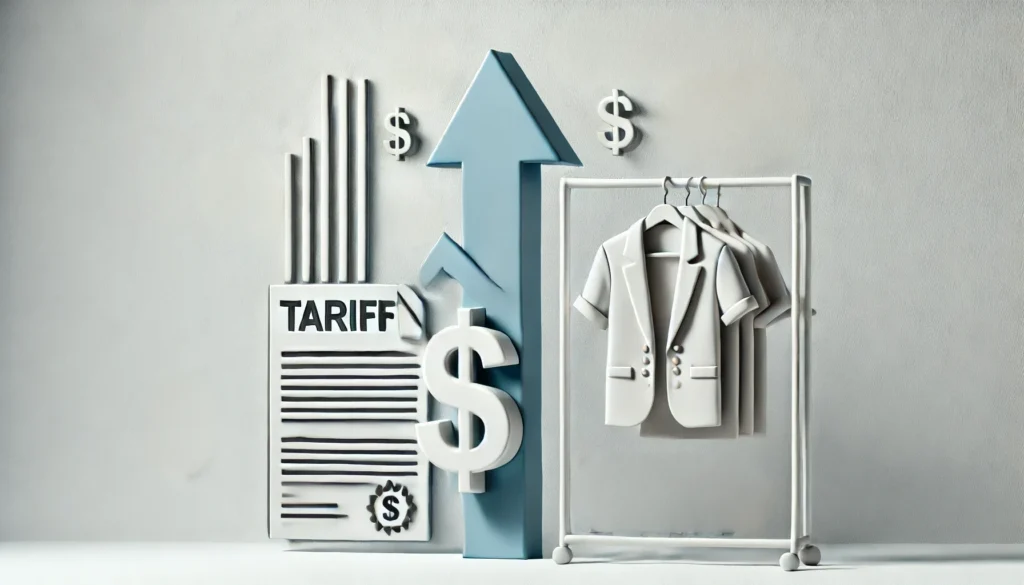The new wave of import tariffs announced by the U.S. government sent an immediate shockwave through the retail, fashion, and apparel industries. For most brands, the question wasn’t just what the tariffs are — it was how fast can we adjust?
The truth is: tariffs don’t just affect freight invoices. They alter pricing assumptions, margin targets, and go-to-market plans — often at a point in the season when there’s little room to maneuver. And when those cost changes aren’t visible across the organization, reaction time suffers.
From Strategy to Shelf: Tariffs Change Everything for Retail Brands
Import tariffs directly increase landed costs — especially on products sourced from China, that as of this writing, will continue to face higher tariffs for goods imported into the U.S. That additional cost doesn’t just hit your bottom line — it forces new conversations across your organization:
- Can our current price points hold?
- Do we need to adjust retail pricing — and if so, how do we do it fairly and consistently?
- Which product categories are most exposed?
- How do we communicate the impact to leadership, sales, and our retail partners?
These are not just sourcing questions. They’re merchandising, pricing, marketing, and product planning questions. And they’re hard to answer quickly when your product data is spread across emails, spreadsheets, PDFs, and outdated decks.
The New Imperative: Cross-Functional Visibility for Retail Brands
What the 2025 tariffs are really revealing is a deeper operational vulnerability: most go-to-market teams don’t have the tools to respond in real time. When costs change — and they will — teams need a way to:
- Align quickly on product-level impact
- Explore the implications across pricing tiers or regions
- Update go-to-market assets instantly and accurately
- Communicate clearly with internal and external stakeholders
In short, brands need visibility, clarity, and collaboration — all in one place.
Why It Matters Now
The effects of these tariffs won’t be limited to one season. Brands that can respond faster will be better positioned to protect margins, maintain customer trust, and make smarter product decisions.
It’s not just about reacting to tariffs — it’s about building the capability to respond to whatever comes next.
Looking Ahead: A Smarter Way for Brands to Navigate Uncertainty
You’re already navigating unprecedented complexity. Tariffs are just the latest curveball. But they underscore a powerful truth: brands that can see, align, and act quickly — across the entire assortment lifecycle — will be the ones who thrive.
At VibeIQ, we believe that visibility, speed, and collaboration shouldn’t be trade-offs. While our assortment lifecycle platform enables and supports this kind of agility, it starts with helping brands think differently about what’s needed — not just to manage tariffs, but to build a more resilient go-to-market engine.
Strategies for Retail Brands to Overcome 2025 U.S. Tariff Challenges
The tariff situation is complex, and every brand is navigating it differently. If you’re unsure how these changes will impact your business—or what levers you can pull to adapt—let’s talk.
We’re here to help. Not with a generic pitch, but with a real, personalized conversation about your business, your challenges, and how VibeIQ can support your team where it matters most.


